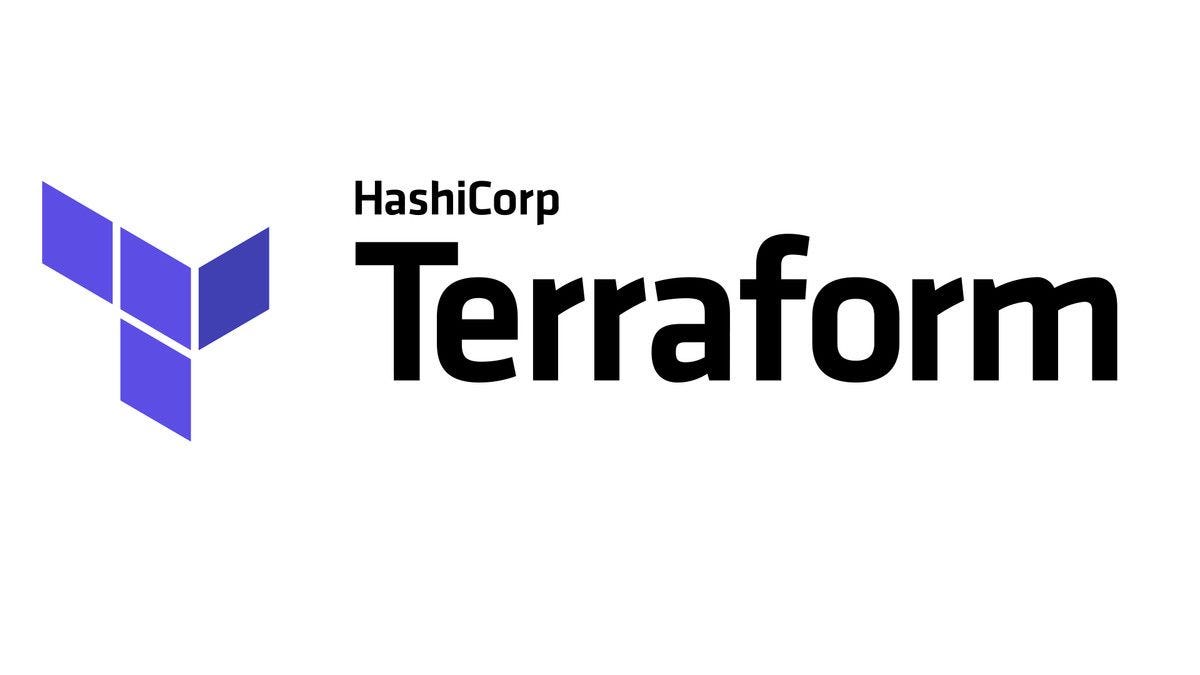Introduction
In the ever-evolving landscape of infrastructure as code (IaC), Terraform stands tall as a formidable player, enabling users to define and provision infrastructure using a declarative configuration language. As we step into 2023, the Terraform ecosystem continues to grow, and with it, a myriad of tools that enhance its capabilities. In this article, we'll explore the most useful Terraform tools that can streamline and optimize your infrastructure management in the coming year.
Tools for Terraform
1. TFLint: Unveiling Code Quality
TFLint stands tall as a powerful open-source linting tool for Terraform. Its prowess lies in identifying a broad spectrum of issues, from syntax errors to resource naming conventions and unused variables. As an essential part of your toolkit, TFLint ensures your Terraform code meets high-quality standards.
2. Terrascan: Fortifying Security and Compliance
Terrascan takes the stage as a static code analyzer with a laser focus on security and compliance. It goes beyond traditional linting, identifying misconfigurations, insecure resource settings, and policy violations. As security remains a top priority, Terrascan acts as a vigilant guardian, fortifying your Terraform infrastructure.
3. Checkov: Sentinel of Security
Checkov emerges as an open-source security scanner, specializing in scrutinizing infrastructure-as-code files. Its role is to scan Terraform code diligently, revealing security vulnerabilities and policy violations. In an era where cybersecurity is paramount, Checkov acts as a sentinel, ensuring your infrastructure remains robust and compliant.
4. Terraform Compliance: Policies in Action
For those seeking a commercial ally in enforcing security and compliance policies, Terraform Compliance fits the bill. This tool allows you to validate your Terraform configurations against predefined policies, adding an extra layer of assurance and governance to your infrastructure.
5. Terratest: Ensuring Reliability Through Testing
Terratest steps into the limelight as an open-source testing framework for Terraform. In the dynamic landscape of continuous integration and deployment, Terratest provides a comprehensive suite for writing unit tests, integration tests, and end-to-end tests. This ensures the reliability and resilience of your Terraform configurations before they reach production.
6. Terragrunt: The Maestro of Module Management
Terragrunt isn't just a tool; it's the maestro orchestrating the management and deployment of Terraform modules. Beyond its module-handling capabilities, Terragrunt also proves its mettle by facilitating Terraform tests, streamlining the development lifecycle.
7. Infracost: Budgeting Your Infrastructure
Estimating the cost of Terraform deployments is crucial for effective budgeting. Infracost, an open-source tool, steps in to provide accurate cost estimates. Supporting a wide array of cloud providers and on-premises infrastructure, Infracost ensures you stay within budgetary constraints without compromising on infrastructure needs.
8. Terraform Cloud: The Cloud-Based Command Center
For a comprehensive cloud-based solution, Terraform Cloud takes center stage. This commercial platform not only manages and deploys Terraform configurations but also provides built-in cost estimates. A true command center for your infrastructure, Terraform Cloud streamlines collaboration and ensures efficient deployment.
9. Terradorzer: Cleaning Up Unused Infrastructure
Terradorzer enters the scene as a cleanup tool, designed to destroy all resources in a Terraform state file. This functionality proves invaluable for tidying up and eliminating unused infrastructure, promoting a lean and efficient environment.
10. Terraform Graph: Visualizing Dependencies
Navigating complex Terraform configurations becomes more manageable with Terraform Graph. This visualization tool generates a graphical representation of dependencies between resources, offering insights crucial for debugging and understanding intricate infrastructures.
Conclusion
As organizations continue to embrace cloud-native architectures and IaC practices, the importance of efficient Terraform tooling becomes paramount. The tools mentioned above offer a glimpse into the diverse ecosystem surrounding Terraform, providing solutions for collaboration, deployment automation, code quality, security, and policy enforcement.
By incorporating these tools into your Terraform workflows in 2023, you can not only streamline your infrastructure management but also ensure robustness, security, and adherence to best practices. Stay ahead in the IaC game by harnessing the power of these essential Terraform tools.


